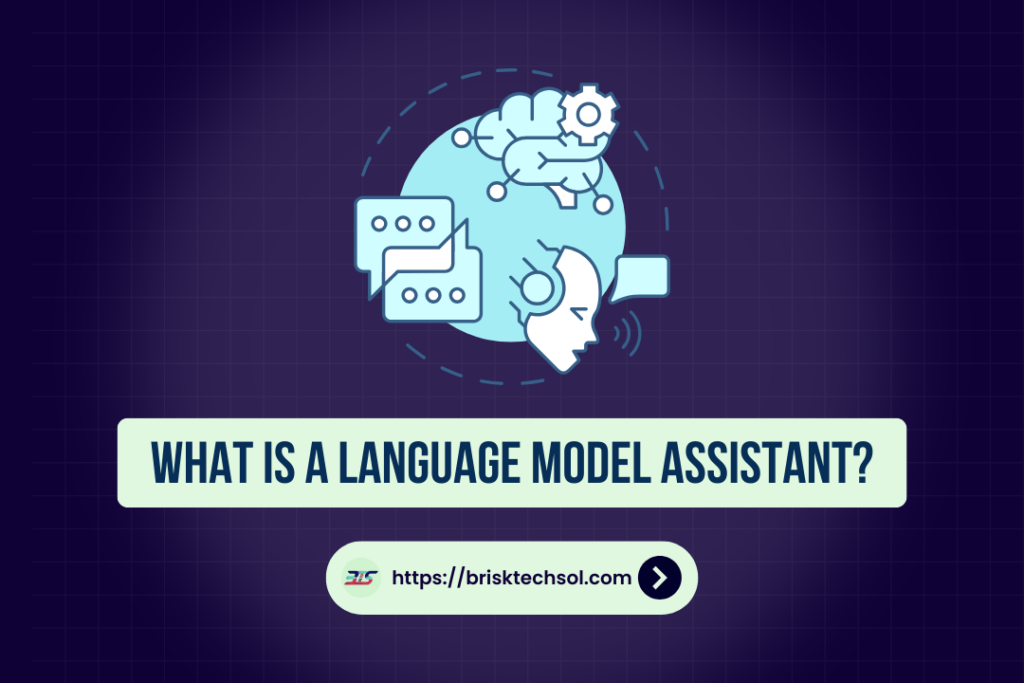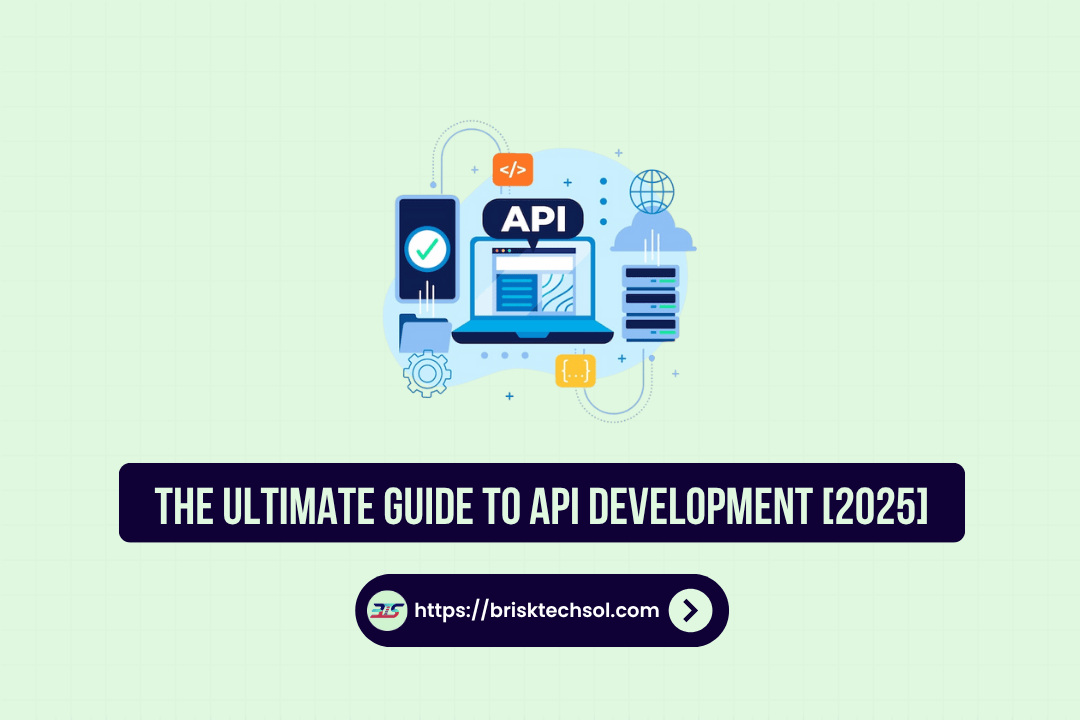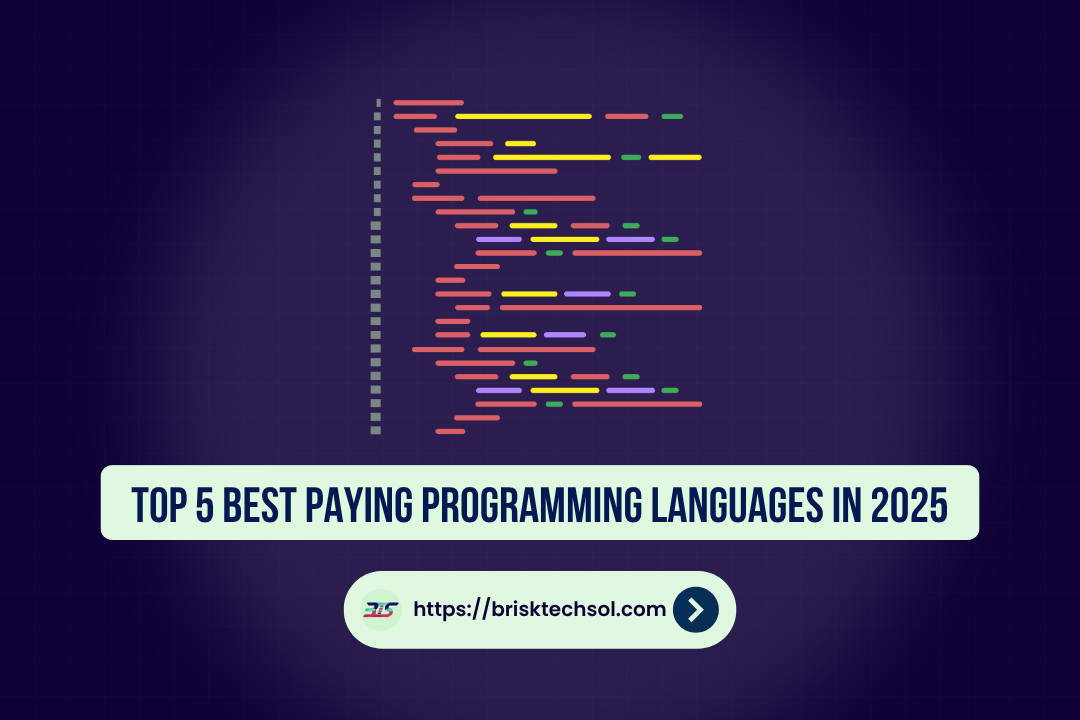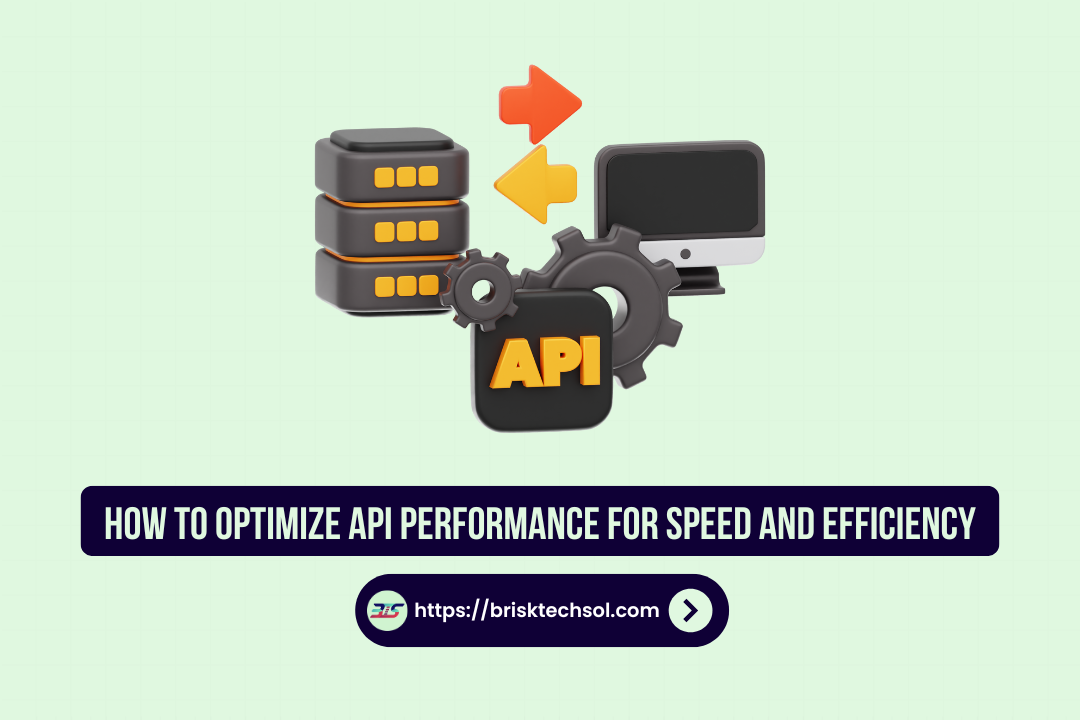A language model assistant is an AI-powered tool that processes and generates human-like text using advanced natural language processing (NLP). These assistants are widely used in customer service, content creation, and automation, transforming industries by improving efficiency and scalability. This guide explores how they work, their benefits, and what the future holds for AI-powered assistants.
What is a Language Model Assistant?
A language model assistant is an artificial intelligence system that processes and generates text using natural language processing (NLP) and machine learning (ML). Unlike rule-based chatbots that follow a predefined set of responses, language model assistants can analyze context, predict user intent, and create dynamic, human-like interactions.
These assistants are built on deep learning models like transformers (GPT, BERT) that help them understand syntax, semantics, and patterns in language. They process text by analyzing large datasets, learning from interactions, and refining their responses over time.
Key Features of a Language Model Assistant:
- Context Awareness: Can understand complex conversations and follow up on topics.
- Natural Responses: Generates human-like text instead of predefined answers.
- Self-Learning Capabilities: Improves over time through continuous interaction.
- Multilingual Support: Can translate and communicate in multiple languages.
Because of these capabilities, language model assistants are widely used in industries like customer support, marketing automation, virtual tutoring, and even healthcare consultations. Their ability to automate tasks while maintaining a conversational, human-like tone makes them a valuable asset in both business and personal applications.
Core Technologies Behind Language Model Assistants
- Natural Language Processing (NLP): Helps the model interpret and generate text.
- Machine Learning (ML): Enables the assistant to learn patterns from data.
- Deep Learning & Neural Networks: Enhance language comprehension and prediction accuracy.
Difference Between Traditional Chatbots and Language Model Assistants
| Feature | Traditional Chatbots | Language Model Assistants |
|---|---|---|
| Response Type | Pre-programmed replies | Context-aware, dynamic responses |
| Learning Ability | Limited | Self-improving with usage |
| Understanding of Context | Basic keyword matching | Deep contextual understanding |
| Example | FAQ bots | ChatGPT, Google Bard |
How Language Model Assistants Work
Language model assistants rely on deep learning architectures to process and generate text-based responses. These systems use a structured pipeline that allows them to analyze input, determine context, and craft meaningful responses.
1. Data Processing and Training
AI assistants are trained on massive datasets, including books, articles, and conversational transcripts. This helps them understand grammar, sentence structures, and the nuances of human language. The more data they process, the better they become at responding to a wide range of queries.
2. Context Recognition and Intent Analysis
One of the biggest advantages of language model assistants is their ability to recognize context and intent. Using NLP, they break down a user’s query into key components, identify the core meaning, and generate an appropriate response. For example, if a user asks, “How do I reset my password?”, the assistant understands this as a technical support request and provides step-by-step guidance instead of just offering a generic response.
3. Response Generation Using AI Models
Language model assistants use deep learning models such as:
- GPT (Generative Pre-trained Transformer): Generates natural, human-like responses.
- BERT (Bidirectional Encoder Representations from Transformers): Helps understand context in text.
- Seq2Seq Models: Used for structured conversational AI applications.
These models analyze previous interactions, identify trends, and generate coherent, relevant, and grammatically correct responses. The ability to continuously learn and adapt makes language model assistants far more advanced than traditional chatbots.
Applications and Use Cases
Applications and Use Cases
Language model assistants are widely used across different industries, revolutionizing the way businesses and individuals interact with technology.
1. Customer Support
Many companies use AI-powered chatbots for handling customer queries. These assistants provide 24/7 automated support, reducing human workload and improving response time. AI assistants in e-commerce, for example, can guide customers through product recommendations, track orders, and resolve complaints.
2. Healthcare Assistance
In the medical field, AI-powered assistants are being used for symptom checking, patient inquiries, and even mental health support. AI-driven chatbots like Woebot provide therapy-based interactions, while virtual healthcare assistants schedule appointments and send medication reminders.
3. Education and Learning
AI tutors help students with personalized learning experiences. Platforms like Duolingo use AI-driven assistants to provide real-time feedback in language learning, making education more engaging and adaptive.
4. Business and Productivity
AI assistants automate office tasks such as email drafting, meeting scheduling, and document summarization. Tools like Microsoft Copilot help professionals enhance productivity by integrating AI into their workflow.
5. Content Generation
Language model assistants like ChatGPT and Jasper AI are revolutionizing content creation by generating blog posts, social media captions, and marketing copy. They can assist with brainstorming ideas, improving writing efficiency, and even translating content into multiple languages.
| Industry | Use Case |
|---|---|
| Healthcare | AI assistants for symptom checking |
| E-commerce | Chatbots for customer support |
| Marketing | AI-driven content creation |
| Finance | Automated financial advising |
| Education | Personalized AI tutors |
Advantages of Language Model Assistants
Advantages of Language Model Assistants
Language model assistants offer numerous benefits, making them a valuable tool for businesses and individuals alike.
1. Increased Efficiency
AI-powered assistants can handle thousands of inquiries simultaneously, reducing response times and improving customer satisfaction. They provide instant solutions without requiring human intervention.
2. Scalability
Unlike human agents, AI assistants can scale effortlessly. Whether dealing with 100 or 100,000 queries, they maintain consistent performance and response quality.
3. Personalization
Through machine learning, AI assistants analyze user preferences and provide tailored responses, making interactions more engaging and user-centric.
4. Cost Savings
By automating repetitive tasks, businesses save operational costs associated with hiring and training human employees.
Challenges & Ethical Concerns
While AI-powered assistants offer immense benefits, they also present challenges:
1. Bias in AI Models
Language models can inherit biases from the data they are trained on, leading to misleading or unfair responses. Addressing bias in AI development is crucial for ethical AI usage.
2. Data Privacy Risks
AI assistants often process sensitive user data. If not managed properly, this raises concerns about data security and confidentiality. Strong regulations are needed to ensure responsible AI usage.
3. Misinformation & Hallucination
AI models sometimes generate incorrect information. This phenomenon, known as AI hallucination, highlights the need for human oversight in AI-generated content.
The Future of Language Model Assistants
As AI technology advances, language model assistants will become even more sophisticated. Future developments may include:
- Emotional Intelligence: AI will better recognize human emotions and respond accordingly.
- Multimodal Capabilities: Integration with AR, VR, and voice recognition for enhanced interaction.
- AI-Powered Decision Making: Assistants will play a bigger role in automation and business intelligence.
Conclusion
Language model assistants are changing the way we work and communicate, making tasks easier and more efficient. As AI continues to change, these assistants will become even smarter and more helpful. While challenges like bias and privacy need attention, responsible development can ensure they remain a powerful tool for businesses and everyday users alike.
FAQ’S
1. What makes a language model assistant different from a chatbot?
A chatbot follows scripted responses, while a language model assistant generates dynamic, context-aware replies.
2. Can language model assistants replace human workers?
AI can automate many tasks, but human oversight remains essential for complex decision-making.
3. Are AI-powered assistants safe to use?
Yes, but they require ethical development to prevent misinformation and privacy risks.
4. How do language model assistants understand context?
They use deep learning algorithms to analyze patterns, user intent, and conversation flow.
5. What are some popular AI assistants available today?
Examples include ChatGPT, Google Bard, Microsoft Copilot, and Amazon Alexa.









